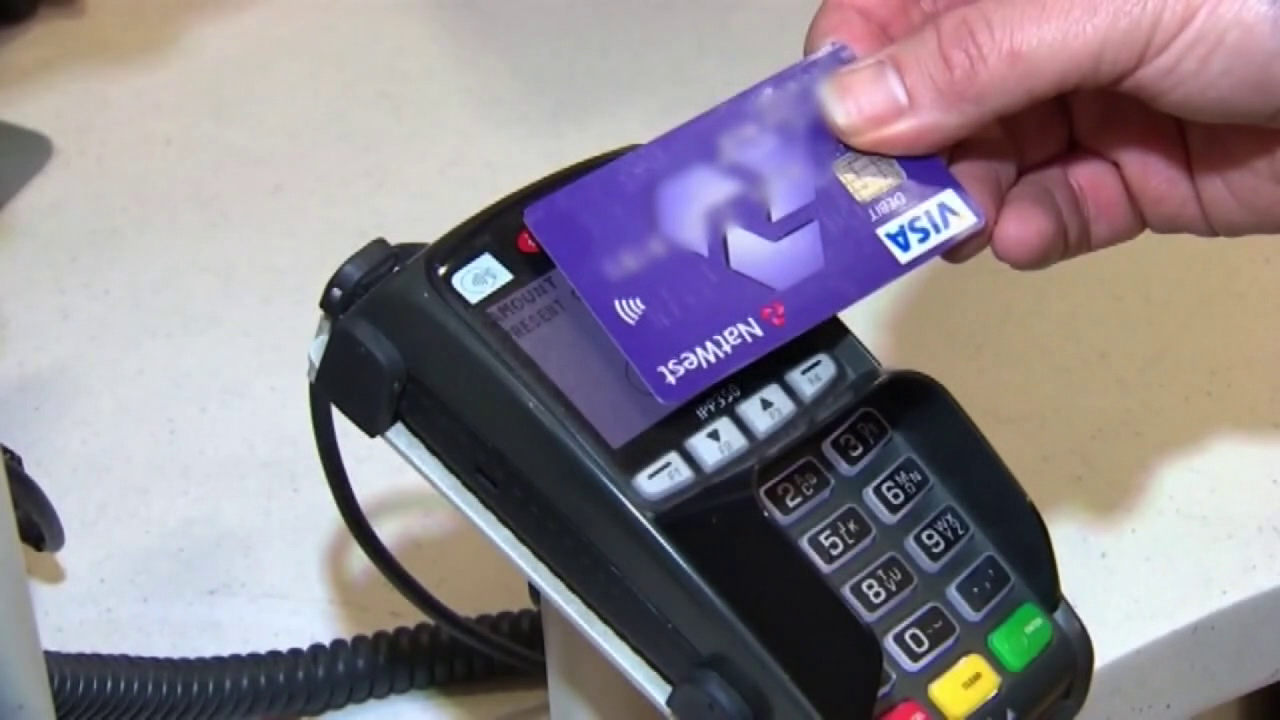In today’s rapidly evolving technological landscape, staying ahead of potential scams is crucial for protecting your financial well-being. A new threat has emerged, targeting the convenience of ‘tap-to-pay’ technology found in credit cards and smartphones. The Better Business Bureau (BBB) has issued a warning about this scheme, known as ‘ghost tapping.’ This article will delve into the details of this scam, how it works, and, most importantly, how you can safeguard yourself from becoming a victim.
With the increasing popularity of contactless payment methods, it’s essential to understand the risks involved and take proactive measures to mitigate them. We’ll explore the mechanics of ‘ghost tapping,’ offering insights from experts at the BBB and practical tips to help you navigate the world of digital payments with confidence. Learn how to recognize the signs of this scam and implement simple yet effective strategies to keep your money safe.
Understanding ‘Ghost Tapping’: A Modern-Day Threat
‘Ghost tapping’ is a scam that exploits the near-field communication (NFC) technology used in ‘tap-to-pay’ systems. Scammers use devices to wirelessly steal payment information from your credit cards or smartphones as you attempt to make a legitimate transaction. This can occur in crowded places, such as big events or busy shopping areas, where it’s easier for scammers to get close to potential victims without raising suspicion.
Bryan Oglesby, with the Better Business Bureau, West Florida, explains that scammers use technology similar to card readers to “get close to you and try and steal or receive a payment from your credit card.” This means they can potentially charge you more than the actual amount or steal your card information for later fraudulent use.
The key to avoiding ‘ghost tapping’ is understanding how it works and taking preventive measures. By staying informed and vigilant, you can significantly reduce your risk of falling victim to this scam.
How Scammers Operate: Exploiting Contactless Payments
Scammers often target locations with large crowds and a variety of vendors, as these environments provide ample opportunities to blend in and carry out their schemes unnoticed. They may pose as fake vendors, using tampered payment terminals that overcharge customers or steal their card information during ‘tap-to-pay’ transactions. The anonymity afforded by crowded settings makes it difficult to identify and apprehend these criminals.
According to the BBB, scammers need to be in close proximity for a period of time for the transaction to go through, making crowded events prime locations for this type of fraud. This is because the NFC technology requires close contact between the card or smartphone and the reader. By understanding this limitation, consumers can be more aware of their surroundings and take steps to protect themselves.
It’s essential to remain vigilant in crowded places and be wary of unusual payment requests or unfamiliar vendors. Always double-check the amount being charged before tapping your card or phone, and report any suspicious activity to the authorities.
Expert Advice: Protecting Yourself from ‘Ghost Tapping’
Bryan Oglesby from the BBB recommends turning off the NFC technology on your phone when in crowded settings. This prevents unauthorized scanning of your device. Additionally, consider using protective sleeves for your credit and debit cards to block scanning devices from accessing your card information. Wallets and purses with RFID-blocking technology offer an extra layer of security.
“If you have credit cards or debit cards in your wallet, are you using protective sleeves to keep scanning devices from scanning?” Oglesby asks. He suggests using wallets and purses designed with RFID-blocking materials or simply using individual card sleeves.
While ‘tap-to-pay’ is generally a safe payment method, taking these precautions can further minimize your risk. Being proactive about your security is key to staying one step ahead of potential scammers.
Is ‘Tap-to-Pay’ Still Safe? Weighing the Risks and Benefits
Despite the emergence of ‘ghost tapping’ scams, experts like Bryan Oglesby maintain that ‘tap-to-pay’ remains a relatively safe way to pay. The convenience and speed of contactless payments make them an attractive option for consumers and merchants alike. However, it’s important to be aware of the potential risks and take appropriate precautions to protect yourself.
Oglesby notes, “I think the risk is minimal. So, using the technology is still your best interest, as opposed to inserting a credit card or swiping a credit card.” This perspective suggests that the benefits of using ‘tap-to-pay’ outweigh the risks, provided that consumers remain vigilant and informed.
By staying informed, taking preventive measures, and reporting suspicious activity, you can continue to enjoy the convenience of ‘tap-to-pay’ while minimizing your risk of falling victim to scams.
Reporting Scams: Taking Action Against Fraud
If you suspect you’ve been targeted by a ‘ghost tapping’ scam or any other type of fraud, it’s essential to report it to the appropriate authorities. Contact the Better Business Bureau and your local law enforcement agency to file a report. Providing detailed information about the incident can help them investigate the scam and prevent others from becoming victims.
Reporting scams not only helps protect yourself but also contributes to the overall fight against fraud. By sharing your experiences, you can raise awareness and help others recognize and avoid similar scams in the future.
Remember, your vigilance and proactive reporting can make a difference in safeguarding your community from fraudulent activities.
Conclusion: Staying Vigilant in the Digital Age
As technology continues to advance, so do the methods used by scammers to target unsuspecting individuals. ‘Ghost tapping’ is a prime example of how criminals adapt to new payment technologies to exploit vulnerabilities. By understanding how this scam works and taking proactive measures to protect yourself, you can minimize your risk and safeguard your financial well-being.
Remember to turn off NFC on your phone in crowded areas, use protective sleeves for your cards, and remain vigilant when making ‘tap-to-pay’ transactions. Report any suspicious activity to the BBB and law enforcement. By staying informed and proactive, you can navigate the digital world with confidence and protect yourself from becoming a victim of fraud.

Leave a Reply